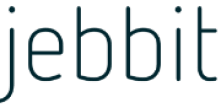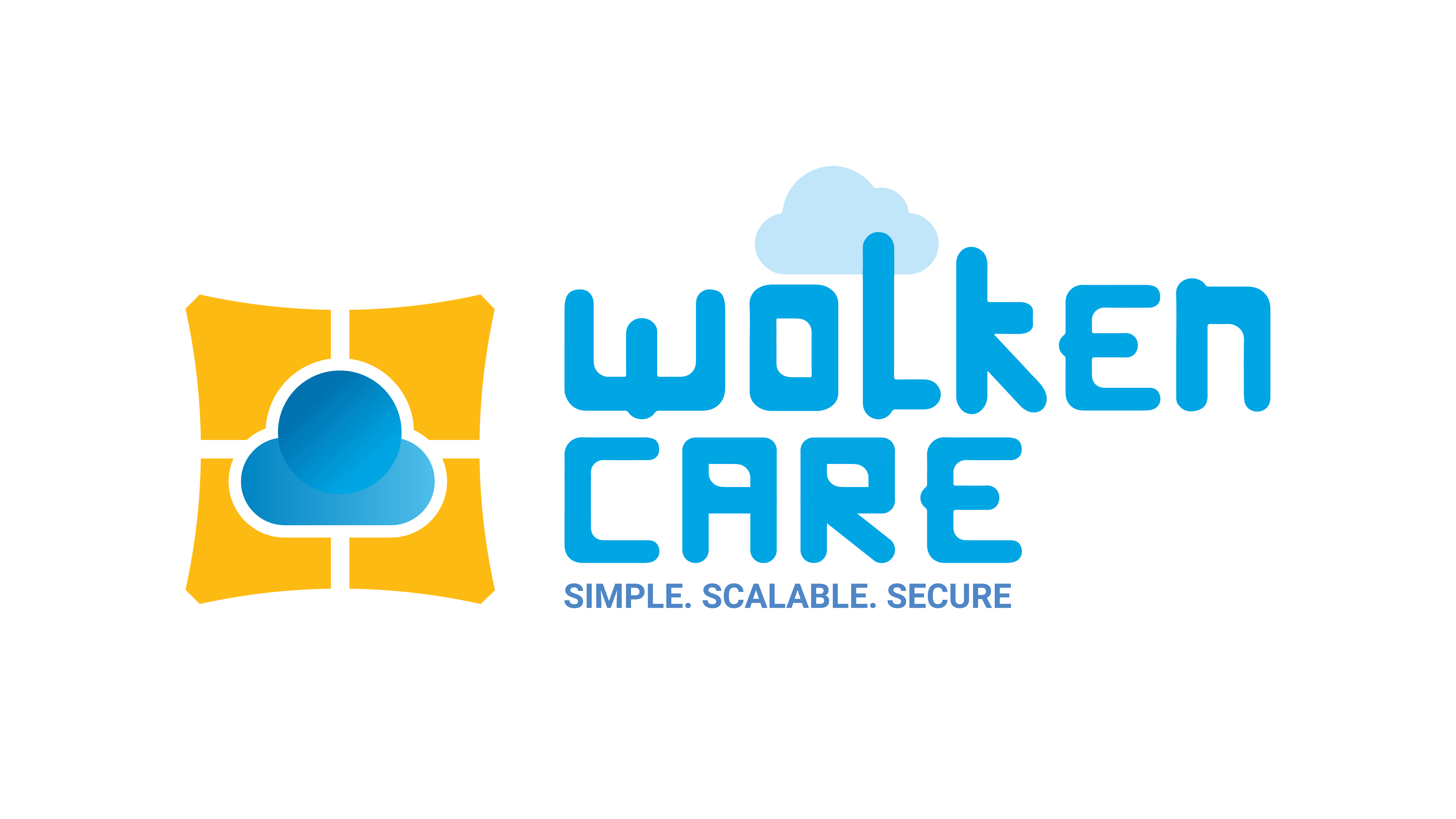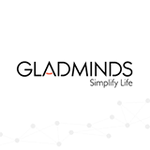Description

Jebbit

SaleCycle
Comprehensive Overview: Jebbit vs SaleCycle
Jebbit and SaleCycle are both prominent players in the digital marketing and customer engagement space, but they serve somewhat different functions and target different segments of the market. Here’s a comprehensive overview of each, addressing their primary functions, market positioning, and key differentiators:
Jebbit
a) Primary Functions and Target Markets
Primary Functions:
- Data Collection: Jebbit specializes in capturing zero-party data (information that customers willingly share with brands) through interactive experiences.
- Interactive Content Creation: The platform allows brands to create engaging quizzes, surveys, and interactive experiences designed to capture valuable customer insights.
- Personalization: By collecting zero-party data, Jebbit aids in personalizing marketing campaigns and improving customer segmentation.
- Lead Generation and Qualification: Interactive content helps in qualifying leads by collecting explicit data about preferences and intentions.
Target Markets:
- Consumer Brands: Particularly retail and e-commerce brands looking to enhance customer engagement.
- Marketing Agencies: Agencies seeking to offer innovative engagement solutions to their clients.
- Enterprises in FMCG, Health & Beauty, and Financial Services: Companies that rely on deep customer insights to tailor offerings.
b) Market Share and User Base
- Market Presence: Jebbit is growing in popularity among brands focused on improving their customer engagement strategies through interactive content. It has a significant footprint in industries that rely heavily on understanding customer preferences.
- User Base: Jebbit is increasingly adopted by enterprises looking for innovative ways to collect data, notably those prioritizing personalized marketing.
c) Key Differentiating Factors
- Zero-Party Data Focus: Unlike many platforms that depend on third-party data, Jebbit emphasizes zero-party data, ensuring compliance with privacy norms.
- Interactive Content Flexibility: Offers tools to create diverse interactive content, which is a strong selling point for brands wanting to distinguish their engagement tactics.
- User-Friendly Interface: Known for its intuitive design, allowing marketers to easily build interactive experiences without deep technical expertise.
SaleCycle
a) Primary Functions and Target Markets
Primary Functions:
- Cart Abandonment Solutions: SaleCycle provides solutions to reduce cart abandonment through timely and personalized remarketing messages.
- Email Remarketing and Retargeting: Utilizes customer behavior to trigger personalized emails to recover abandoned online carts and reconnect with users.
- On-Site Customer Retention: Encourages on-site engagement through personalized product recommendations and exit intent overlays to keep potential customers from leaving.
- Data Analytics: Offers insights into consumer shopping behaviors, helping brands optimize their conversion strategies.
Target Markets:
- E-commerce Retailers: Aimed at businesses looking to reduce checkout drop-offs and improve conversion rates.
- Travel Industry: Airlines and travel sites benefit from its ability to recover bookings left incomplete.
- Enterprises in Hospitality and Leisure: Businesses that can leverage retargeting to bring back potential customers.
b) Market Share and User Base
- Market Presence: SaleCycle is well-established, especially in e-commerce and travel sectors, with numerous clients benefiting from its effectiveness in reducing cart abandonment.
- User Base: Trusted by a diverse range of online retailers and travel companies; it’s known for delivering high ROI through conversion rate improvements.
c) Key Differentiating Factors
- Cart Abandonment Expertise: SaleCycle excels in crafting cart recovery strategies through sophisticated retargeting techniques, making it a leader in this niche.
- Comprehensive Retargeting Tools: Provides extensive tools for email and on-site remarketing, backed by data analytics.
- Real-Time Behavioral Tracking: Its ability to track and respond to user behavior in real-time enhances its effectiveness in reducing abandonment rates.
Comparison Summary
- Primary Focus: Jebbit focuses on zero-party data and interactive content, while SaleCycle is centered on cart abandonment and remarketing.
- Target Markets: Both cater to e-commerce but Jebbit is broader, also appealing to brands emphasizing personalized marketing, whereas SaleCycle is more specialized in conversion optimization and customer retention.
- Data Utilization: Jebbit’s approach to data is through direct customer input, while SaleCycle uses behavioral insights to drive remarketing.
- User Experience: Jebbit prioritizes creating engaging and custom content formats, while SaleCycle focuses on leveraging behavioral data to drive conversions.
Overall, both platforms are valuable tools in the marketer's toolkit, chosen based on specific business goals around data insight and customer retention strategies.
Contact Info

Year founded :
2011
+1 508-380-0047
Not Available
United States
http://www.linkedin.com/company/jebbit

Year founded :
2010
Not Available
Not Available
United Kingdom
Not Available
Feature Similarity Breakdown: Jebbit, SaleCycle
To provide a breakdown of the features and differences between Jebbit and SaleCycle, let's explore each aspect requested:
a) Core Features in Common
-
Customer Engagement:
- Both Jebbit and SaleCycle are designed to enhance customer engagement through various interactive methods.
-
Data Collection and Analytics:
- Both platforms provide tools for collecting data on consumer behavior and preferences, complemented by analytics to interpret this data.
-
Integration Capabilities:
- Each product offers integration capabilities with other platforms, such as CRM systems, email marketing tools, and e-commerce platforms.
-
Customizable User Experience:
- Both allow for some degree of customization in creating user interactions to tailor the customer journey and engagement.
-
Campaign Management:
- Both Jebbit and SaleCycle support the creation and management of marketing campaigns aimed at boosting conversion rates.
b) User Interface Comparison
-
Jebbit:
- Known for its user-friendly, intuitive interface focused on creating engaging experiences without requiring technical expertise. The drag-and-drop features make designing interactive content like quizzes and surveys straightforward.
- Offers a visually appealing dashboard that makes data visualization accessible to users.
-
SaleCycle:
- Offers a more data-centric approach with a focus on clear reporting and analysis tools. While it might require a bit more familiarity to navigate compared to Jebbit, it is designed for optimizing conversion efforts, with emphasis on retargeting and remarketing features.
- Provides robust reporting features that help in tracking customer behavior and conversion metrics comprehensively.
c) Unique Features
-
Jebbit:
- Interactive Content Creation: Specializes in creating engaging, interactive content such as quizzes, polls, and product matches that can enhance customer interaction and data collection directly from users.
- Focus on Zero-Party Data: Jebbit emphasizes the collection of zero-party data, which refers to the information that a customer intentionally and proactively shares with a brand.
-
SaleCycle:
- Cart Abandonment Solutions: Provides specialized solutions aimed at recovering lost sales through cart abandonment emails and retargeting strategies.
- Email Remarketing: SaleCycle offers advanced email remarketing capabilities that are specifically tailored for high-performance recovery campaigns.
- On-Site Remarketing: Features tools that assist in retaining visitors on-site, reducing bounce rates, and increasing the chances of conversions directly from the website.
In summary, while both platforms share common ground in enhancing customer engagement and collecting actionable insights, they diverge in their specialization. Jebbit excels in interactive content creation and zero-party data collection, whereas SaleCycle is strong in cart abandonment recovery and remarketing strategies. The choice between the two typically depends on specific business needs such as the focus on interactive content versus retargeting capabilities.
Features

Personalized Customer Experiences
Integration and Compatibility
Data Collection and Insights

Conversion Rate Improvements
Analytics and Reporting
Customer Retention
Customer Journey Optimization
Best Fit Use Cases: Jebbit, SaleCycle
Jebbit and SaleCycle are both platforms that serve different marketing and customer engagement needs, making them suitable for different types of businesses, projects, and scenarios. Here’s a breakdown of their optimal use cases:
Jebbit
a) For What Types of Businesses or Projects is Jebbit the Best Choice?
Jebbit is ideal for businesses that are looking to enhance their customer engagement through interactive content. This platform allows companies to create interactive experiences such as quizzes, surveys, and product match engines, which can help in collecting zero-party data (data that a customer intentionally and proactively shares with a brand).
- E-commerce and Retail: Businesses can create personalized shopping experiences and product recommendations to drive conversions.
- Consumer Brands: Ideal for brands aiming to know their audiences better through data collected via interactive content.
- Educational Institutions: Useful for engaging prospective students or conducting surveys and assessments.
- Marketing Agencies: Agencies can leverage Jebbit to create engaging campaigns for their clients.
b) How Do These Products Cater to Different Industry Verticals or Company Sizes?
Jebbit is versatile and caters to a wide range of industries by focusing on improving customer engagement and data collection strategies. It is particularly well-suited for medium to large enterprises that have the resources to implement interactive marketing strategies, though its user-friendly platform is also accessible to smaller businesses looking to innovate their customer interaction approach.
SaleCycle
a) In What Scenarios Would SaleCycle Be the Preferred Option?
SaleCycle is primarily focused on remarketing and onsite conversion optimization, making it best suited for scenarios where businesses need to improve cart recovery and customer re-engagement.
- E-commerce: Great for reducing cart abandonment rates and recovering lost sales through personalized email retargeting and on-site messaging.
- Travel and Hospitality: Can help travel companies remind customers of incomplete bookings or promote ancillary services.
- Financial Services: Useful for nudging customers to complete applications or service sign-ups.
- Subscription Services: Helps re-engage subscribers who dropped off before completing the subscription process.
b) How Do These Products Cater to Different Industry Verticals or Company Sizes?
SaleCycle is geared towards sectors where cart abandonment is a significant issue, and where there is a strong need to recapture lost sales. It typically serves medium-sized to large businesses that have the volume of transactions to benefit significantly from remarketing efforts. The implementation typically aligns with companies that already have an established customer journey and need to enhance conversion rates further.
In conclusion, Jebbit and SaleCycle cater to different business needs: Jebbit focuses on interactive content for customer engagement and data collection, whereas SaleCycle specializes in remarketing and conversion optimization for transactional scenarios. Their suitability varies depending on specific industry needs and company sizes, with both platforms offering scalable solutions for businesses aiming to optimize different stages of the customer journey.
Pricing

Pricing Not Available

Pricing Not Available
Metrics History
Metrics History
Comparing teamSize across companies
Conclusion & Final Verdict: Jebbit vs SaleCycle
To determine the best overall value between Jebbit and SaleCycle, we need to consider several factors including the nature of each product, their features, pricing, user experience, and how they align with specific business needs.
Final Verdict
a) Best Overall Value
- Jebbit: Offers significant value for businesses focused on interactive customer experiences and data-driven insights. It excels in creating engaging quizzes, surveys, and other interactive content that can capture audience attention and provide valuable data.
- SaleCycle: Provides superior value for businesses heavily focused on cart recovery, email retargeting, and driving conversion rates. It is highly specialized in reducing cart abandonment and optimizing the post-purchase customer journey.
Considering all factors, SaleCycle may offer the best overall value for e-commerce businesses or those with significant cart abandonment challenges, while Jebbit can be more valuable for businesses seeking innovative ways to engage customers and gather detailed insights through audience interaction.
b) Pros and Cons
Jebbit:
- Pros:
- Excellent for interactive content creation.
- Strong data collection and segmentation capabilities.
- Highly customizable, allowing tailored audience experiences.
- Cons:
- May require more effort to integrate and set up effectively with existing systems.
- Might not be as effective for direct sales conversions as specialized remarketing products.
SaleCycle:
- Pros:
- Specializes in cart recovery and remarketing, directly impacting conversion rates.
- Comprehensive analytics focused on optimizing customer journeys.
- Easier implementation for e-commerce platforms.
- Cons:
- May not offer as much flexibility for creating diverse interactive content.
- Focused services might lack broader audience engagement features outside the cart recovery scope.
c) Recommendations
-
For E-commerce Businesses: If your primary challenge is cart abandonment and you want to focus on remarketing efforts to boost conversions, SaleCycle is the more suitable option.
-
For Marketing Teams Needing Engagement: If your goal is to engage your audience creatively and gather detailed consumer insights, consider Jebbit for its robust interactive content creation capabilities.
-
Consider Hybrid Use: Businesses with diverse needs might benefit from using both tools in conjunction, leveraging Jebbit for engagement and data collection while using SaleCycle for targeted conversion strategies.
Ultimately, the decision should be guided by the specific goals, audience needs, and existing marketing strategies of the business in question.
Add to compare
Add similar companies




